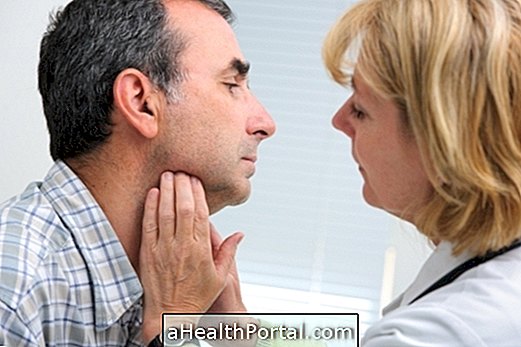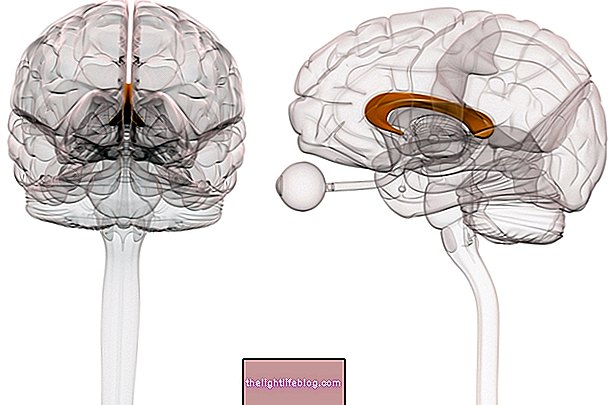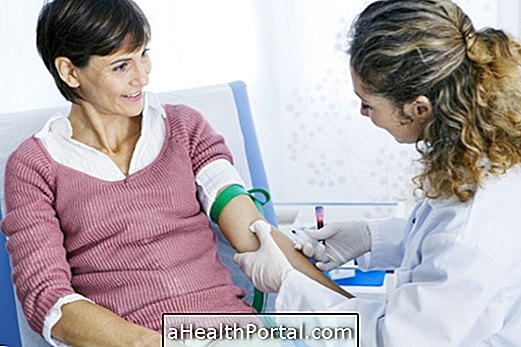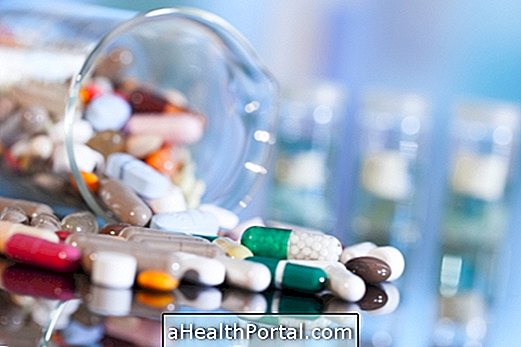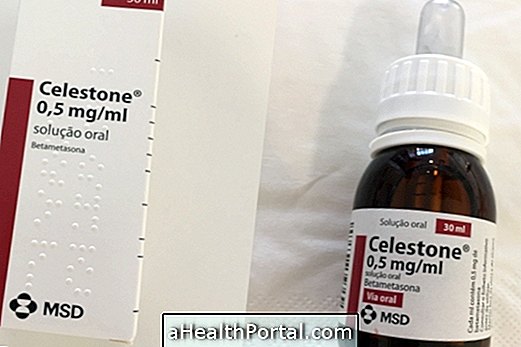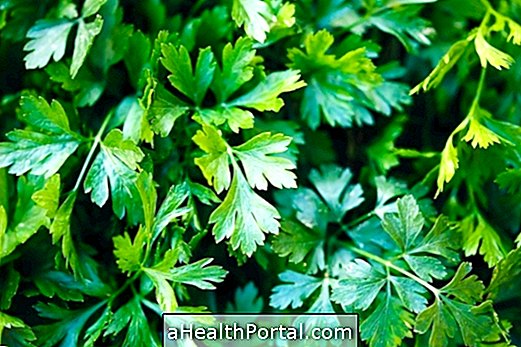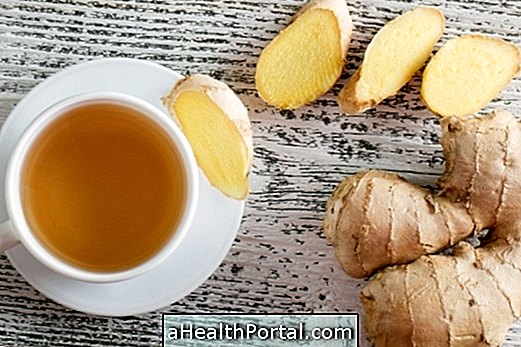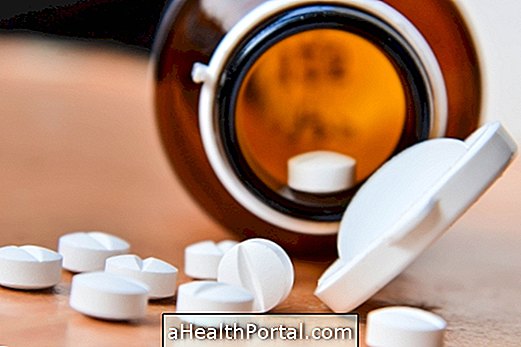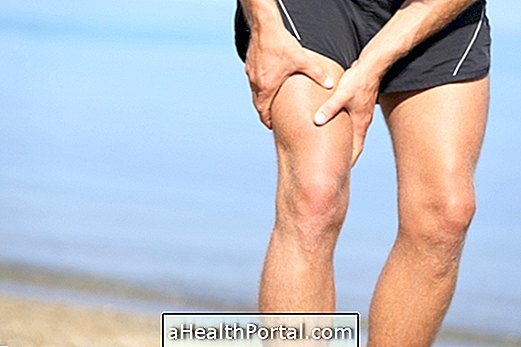The navel pain in pregnancy is a very common symptom and occurs mainly due to changes in the body to adapt to the growth of the baby. This pain happens especially at the end of gestation, due to the increase in the size of the belly, the movement of the baby and the lack of space in the woman's body, but it can also occur at other times.
In general, the navel and surrounding region become sore, and swelling may also occur. However, this pain is not constant, and appears mainly when the woman curves the body, makes effort or presses the place.
However, if pain develops late in pregnancy, spread through the abdominal belly and is accompanied by uterine contractions, it may be a sign of labor, so it is important to know how to identify the signs of labor.
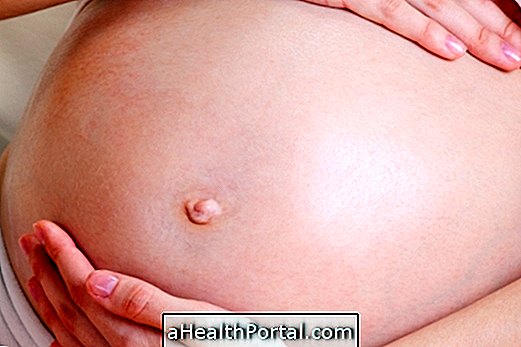
Here are the main causes of navel pain in pregnancy:
1. Changes in the body
With the growth of the fetus, the muscles and belly skin are stretched, which causes pain both in the navels that stay in and in those that protrude outwards. This pain can occur from the onset of gestation, and can continue to the end due to the pressure that the baby makes in the uterus and radiates to the navel.
2. Outgoing navel
Some women have a protruding navel during pregnancy, and constant contact with clothing can cause irritation and pain in the skin of this region of the belly. In these cases, you should wear lightweight and comfortable clothes that will not irritate the skin or put a bandage on the navel, protecting it from contact with the fabric.
3. Umbilical hernia
Navel pain may also be caused by an umbilical hernia, which may appear or worsen during pregnancy and should be evaluated by the physician to check for the need to wear special braces or to undergo surgery during pregnancy.
The hernia usually arises when a part of the bowel loosens and presses the abdomen, but in many cases it resolves itself after delivery. However, if the hernia and pain persists even after the baby is born, surgery is indicated to remove it.
Learn more about umbilical hernia and how to treat it.
4. Intestinal infection
The intestinal infection causes strong abdominal pain near the navel area, accompanied by other symptoms such as nausea, vomiting, diarrhea and fever.
This type of infection can be a serious problem in pregnancy, and should be treated with the doctor as it is necessary to use medicines that control vomiting and pain and in some cases antibiotics may also need to be used.
See how the intestinal infection treatment is done and what to eat.
5. Piercing
Women with belly button piercing are more likely to feel pain during pregnancy because their skin becomes more sensitive and increases the risk of navel infections due to the difficulty of cleaning the site. If, in addition to pain, the pregnant woman also presents with swelling, redness and presence of pus, she should seek a doctor to remove the piercing and start treatment of the infection. Here's how to treat piercing and avoid infection.
In addition, to avoid complications it is recommended to use piercing proper for pregnant women, which are made with surgical material that prevents inflammation and that suits the growth of the belly.
How to relieve navel pain
To relieve navel pain, which is caused by changes in gestation and unrelated to other causes, the most important thing is to relieve the pressure on the site. For this, it is recommended:
- Sleeping belly up or sideways;
- Wear a self-contained strap for pregnancy. Check out how to choose the best ribbon;
- Participate in activities within water, to relieve weight on the belly and back;
- Wear comfortable, light cotton clothing;
- Apply a moisturizing cream or cocoa butter to the navel skin.
If even after taking these measures, navel pain continues, or if it becomes stronger over time, it is important to inform the obstetrician to see if there is any problem that may be causing the symptom.



